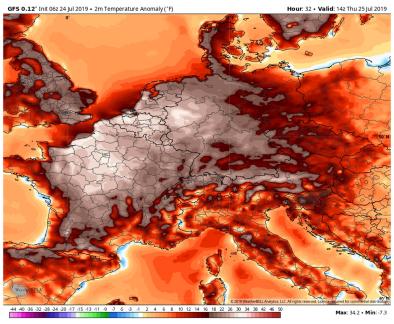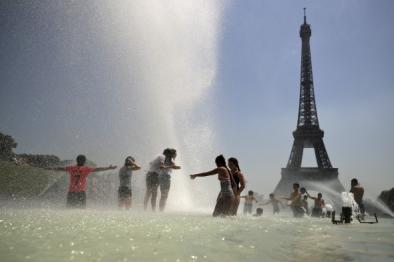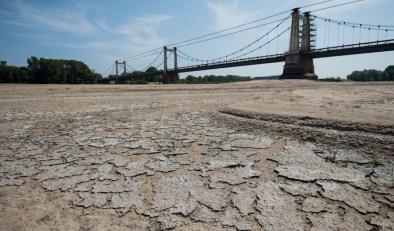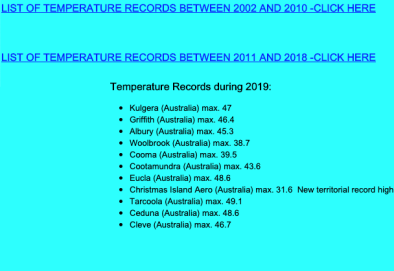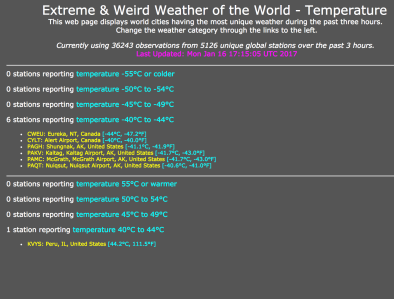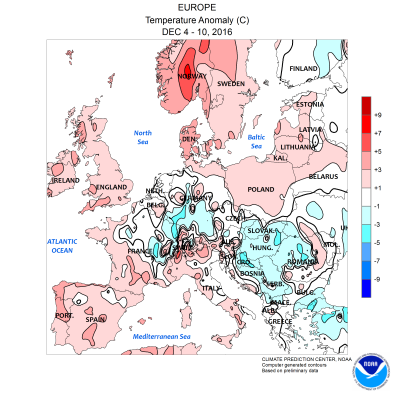European Heat Wave July 2019
In July 2019, Europe experienced the second of two extreme and unprecedented summer heat waves. Four countries set all-time record highs: Belgium, Germany, the Netherlands, and the United Kingdom. Paris hit 108.7°F, breaking its all-time high temperature record of 104.7°F (40.4°C) by 4°F.
During the first round of extreme heat in late June, eight European countries and hundreds of cities and municipalities experienced their highest recorded June temperature. Rapid attribution analysis found that climate change made the record June 2019 heat in France up to 100 times more likely and up to 7.2°F (4°C) hotter.
A climate change attribution study looking at extreme heat during the summer of 2018 found the concurrent heat events in the Northern Hemisphere could not have happened without climate change. Attribution studies are increasingly showing that these kinds of extreme heat events would not even be possible without climate change.
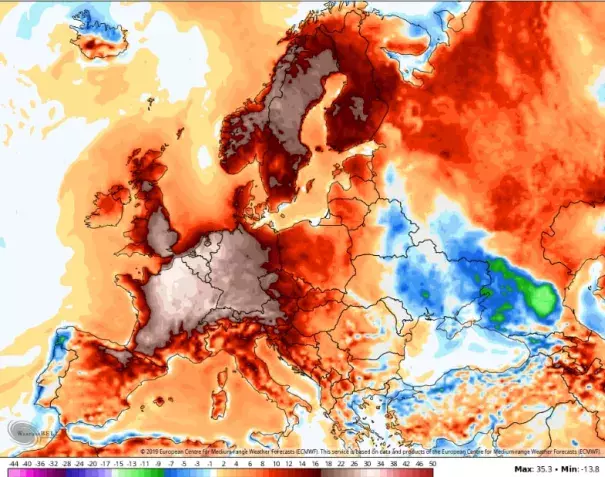
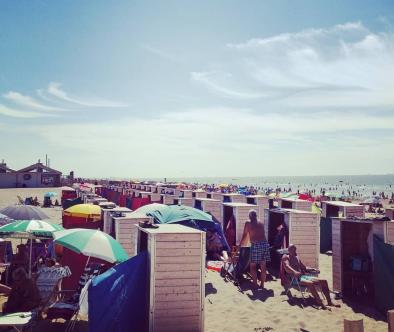



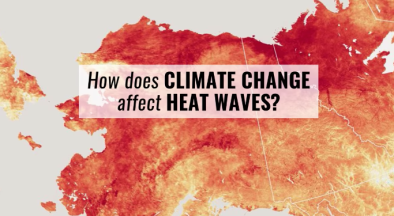

Climate science at a glance
- The extreme heat events observed during the summer of 2018 in the Northern Hemisphere found that it is "would not have occurred without human-induced climate change.”[1]
- Extreme heat and heat waves are some of the clearest impacts of climate change on extreme weather.
- Four out of five record-hot days globally are now amplified by global warming.[2]
- Rapid attribution analysis found that climate change made the record June 2019 heat up to 100 times more likely in France and up to 7.2°F (4°C) hotter.[3]
- Hot nights are particularly characteristic of climate change on a warming planet.
- Hot nighttime temperatures reduce the number of critically important relief windows during heat waves.
- The hottest summers since 1500 AD in Europe were: 2018, 2010, 2003, 2016, 2002.[4]
- Attribution studies have found climate change had a direct hand in the severity of European heat waves during the following summers: 2019,[3] 2018,[5] 2017,[6][7] 2015,[8][9] 2010,[10] and 2003.[11]
- Global warming is also altering the pattern of atmospheric circulation (e.g. the jet stream), and these changes can dramatically amplifying local heat extremes.
Climate signals breakdown
Climate signal #1: Extreme heat and heat waves
Record-breaking temperatures are a classic signal of climate change. As the average global temperature rises and the climate shifts, hot temperatures that were extreme under the old climate are closer to the middle of the new temperature range.[12]
Many urban areas across the globe have witnessed a significant increase in the number of heat waves, with the largest number of heat waves occurring in the most recent decade studied, 2003-2012.[13] In Europe, the five hottest summers since 1500 AD have all occurred since 2000 and include the years 2018, 2010, 2003, 2016, 2002.[4] A study conducted in response to the extreme heat during the summer of 2018 found that the concurrent heat events that occurred in the Northern Hemisphere could not have happened in the absence of climate change.[1]
In response to the June 2019 heat wave, the World Weather Attribution group published a rapid attribution analysis focused on France and found that climate change made the record heat in that country up to 100 times more likely.[3] The researchers also found that human-caused warming made the heatwave about 7.2°F (4°C) hotter than it would otherwise have been.[3][14]
Climate change detection and attribution have found that climate change had a direct hand in European heat waves during the summers of 2019,[3] 2018,[5] 2017,[6][7] 2015,[8][9] 2010,[10] and 2003.[11]
Observations consistent with climate signal #1
- Four nations—Belgium, Germany, the Netherlands, and the UK—set all-time record highs, along with more than 60 cities across the region. Some of the all-time records broken were more than a century old.[15]
- Belgium set a national record of 107.2°F on July 25 in Begijnendijk. This beat the previous Belgium record by an astonishing 6.1°F.[16]
- Germany set a national temperature record when a sensor in Lingen measured 108.7°F on July 25, beating the old record, set just the previous day, by 3.8°F.[16]
- The Netherlands set a national record high temperature of 107.1°F. The previous record was 101.8°F, set in August 1944. That’s a difference of 5.3°F.[16]
- The United Kingdom reached a temperature of 101.7°F at the Cambridge Botanic Garden, exceeding the previous record of 101.3°F set in Faversham, Kent, in August 2003.[17] This is only the second time temperatures over 100°F have been recorded in the UK.[18]
- With a high temperature of 108.7°F (42.6°C) on July 25, Paris broke its all-time high temperature record of 104.7°F (40.4°C) by 4°F.[19]
Some of these records were not beaten by a small increment. They established an entirely new baseline.
J. Marshall Shepherd, director of the University of Georgia’s atmospheric sciences program
Climate signal #2: Humidity and heat stress increase
As air warms, its capacity to hold water vapor increases, and measurements show that atmospheric humidity is increasing around the globe, consistent with a warming climate.[20] The Northern Hemisphere has had increasingly warmer and more humid summers, and the global area covered by extreme water vapor is increasing significantly.[21]
Exposure to extreme heat is already a significant public health problem and the primary cause of weather-related mortality. A 2016 study finds there has been a detectable human-caused increase in mean summertime heat stress since 1973, both globally and in most land regions analyzed.[22]
Observations consistent with climate signal #2
- In Austria, a 2-year-old died of dehydration in the country’s Styria region after he climbed into an overheated parked car without his family noticing and fell asleep in it.[23]
- In the Netherlands, 20 children fell sick at a summer camp in the town of Leusden on July 25 as temperature topped 100°F in several parts of the country.[24]
Climate signal #3: Atmospheric blocking increase
 In addition to shifting the distribution of local temperatures, climate change is thought to increase the frequency of large scale atmospheric pressure patterns with little or no movement—referred to as atmospheric blocking.[25] When waves in the jet stream stall in place (as opposed to moving eastward), they cause persistent weather patterns such as long and intense heat waves.
In addition to shifting the distribution of local temperatures, climate change is thought to increase the frequency of large scale atmospheric pressure patterns with little or no movement—referred to as atmospheric blocking.[25] When waves in the jet stream stall in place (as opposed to moving eastward), they cause persistent weather patterns such as long and intense heat waves.
The jet stream has a limited capacity for changes in wave activity (a measure of meandering), and when it is exceeded, blocking manifests as congestion. This is similar to how the highway has a limited capacity for traffic that, once exceeded, causes congestion. Climate change is thought to increase blocking frequency by increasing changes in wave activity that exceeds the jet stream’s capacity.[26]
Observations consistent with climate signal #3
- The July 2019 extreme heat event was caused by a massive area of high pressure that forced the jet stream to divert around it, like a detour in the sky to continue the traffic analogy.[27] This detour drew hot air northward from Sahara Desert.
- By early the week of July 29, upper-level high pressure—perhaps stronger than anything ever recorded at these latitudes—will extend from northern Scandinavia to the North Pole.[15] This pattern may cause Arctic sea ice, which was already at a record low extent for the date on Wednesday, to diminish at a rapid rate into early August.[15]
Related Content
